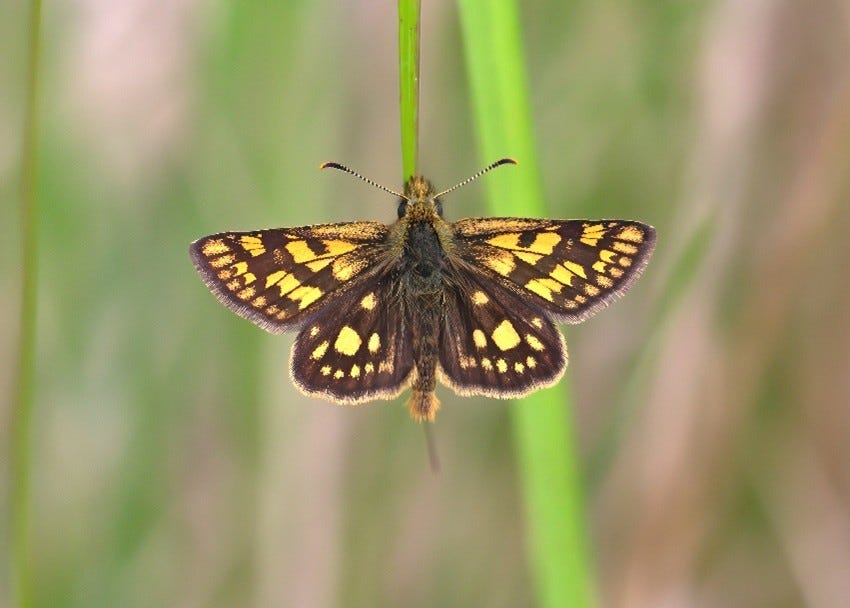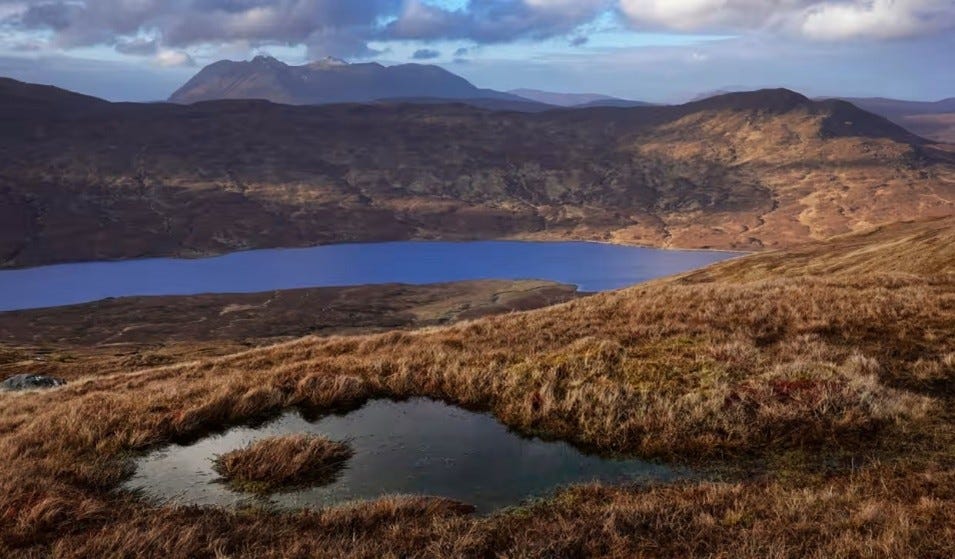Breaking up with plastic: How much plastic and energy does your laundry routine waste?
This newsletter looks at ways of reducing plastic in your laundry routine and saving energy.
Laundry is obviously an essential part of our home life. However, this means it can produce a lot of waste too – both in energy and plastic. Globally, it is averaged that around 840 million washes are done on any given week! It is also estimated that washing machines use 19 billion cubic meters of water annually and emit around 62 million tonnes of CO2 greenhouse gases each year.
The eco-friendly brand smol did a study that found that the UK’s annual production of plastic packaging was approximately 10,791 tonnes – despite the UK’s biggest brands pledging to cut back. The environmental impact of domestic laundry is often not talked about, but it plays a significant part, making up about 6% of carbon emissions in the UK.
However, because it is such an essential part of our lives, lots of great alternatives have been found to the wasteful ones we are used to.
How can I reduce/cut out plastic in my laundry?
There are many alternatives to continually throwing away plastic bottles in your laundry routine.
I like using laundry liquid so have found the best alternative for myself was switching to a natural detergent, and using the refill station at Why Waste Shetland. A lot of detergents contain harsh ingredients that can be irritating to skin and flush toxins into waterways. I have switched to Bio D laundry liquid and fabric conditioner which have a lot less ingredients and have been just as effective. I like that they have scented and fragrance free as it makes it a great option for those with sensitive skin. Why Waste also does refillable washing powder for those who prefer that and want to reduce their plastic packaging. If you are from outside Shetland, you can research refillable options in your area.
When I am travelling, I have found laundry sheets to be a useful alternative. They are light, and easy to pack as they barely take up any room. You just put them in the washing machine with your clothes. They are also easy for hand washing clothes in the sink, as you often need to do when you travel. I used Ecomax laundry strips which I found worked well. They do fragrance free as well as scented for those with sensitive skin. Lots of other brands do laundry strips as well including OceanSaver, Eco living Strip wash, Tru Earth, Ecoleaf, Homethings, REGN, and many more.
Plastic free pods are another easy switch you can make which are easy to take with you. Much like plastic free dishwasher tablets, they work the same way but you don’t have plastic running through your clothes. Many brands are now doing these including smol, Ecover, Homethings, OceanSaver, and Ecozone.
Finally, the last alternative I have discovered are laundry eggs. They are eggs that you put laundry detergent pellets in and then pop inside your washing machine. Once the pellets are starting to lose their effectiveness you just replace the pellets inside, rather than buying a whole new egg. They also sell dryer eggs which can reduce drying time by up to 28%, saving you money and energy. They are available at Why Waste Shetland, certain supermarkets, and online.
There are lots of different ways offered nowadays to reduce your plastic waste in laundry, so you are bound to find one that works for you.
How often do our clothes need washed and at what temperature?
Our clothes don’t need washed as often as we think they do, and they don’t need to be washed at very hot temperatures to keep them clean either.
Putting your clothes on a cold wash (30 degrees) saves a lot of energy! It is estimated that around 60% of our laundry carbon footprint comes from heating up the water. Of course, sometimes it is necessary to wash on hot, but most of the time washing on cold is more than enough. In the modern world, most detergents are built to work with cold water.
For stained stuff, I normally soak it in Vanish and some hot water beforehand and then do my cold, quick wash as normal. I have never had a problem getting stains out this way and it means I don’t have to use a hot wash. Due to the power of hot water, using it regularly can cause colours to run, shrinkage, and damage to clothing fibres. According to Fashion revolution, 9/10 clothing garments end up in landfill before they should, due to colour fading, misshaping, and shrinkage.
I always use a quick wash (unless it’s a special delicate item like a wool jumper), and it washes the clothes thoroughly. On times I have used a longer wash I have not seen a difference in how much it cleans the clothes. Spinning clothes after the quick wash also allows them to dry quicker, reducing tumble drying time if you use one (although I’m sure lots of us in Shetland dry our clothes naturally outside).
Washing between 40 degrees to 60 degrees plus tumble drying your clothes, produces around 2.4kg-3.3kg of CO2. Washing clothes at 30 degrees and drying them on the line produces around 0.6kg of CO2. This is a significant difference especially when considering that the average household of 4 does between 8-10 loads a week!
Waiting until you have a full load is another great way of saving electricity. As well as this, you can look at how often your clothes need washed. Obviously, some garments like underwear need washed after every use but things like T shirts and vests can be worn 2-3 times. Garments that don’t directly touch your skin like coats and jeans can be worn up to 5 times or more before they need washed. There is lots of information online about how often you need to wash your clothes, and you may be surprised that it’s not as often as you think.
Good news round up:
1. The Checkered skipper butterfly has returned to England after 40 years! This breed was declared officially extinct in England in 1976 (although a few still survived in Scotland). The Butterfly Conservation charity started a project in 2018 of bringing a donor group of this butterfly breed from Belgium. As of this year, the charity has declared the project a success in bringing the species back from the brink. The Checkered butterfly’s reintroduction is a great example of the way humans can start to undo years of damage to the environment.
Credit: Dave James
2. Doctors in Japan are prescribing forest bathing (known as Shinrin-yoku) for lowering stress levels and improving mental wellbeing. Forest bathing refers to going into the forest and engaging with nature. It allows you to gain a little light exercise and get away from the overstimulation that can come with 21st century life. Studies have shown it to be a booster for overall health including lowering heart rates, lowering blood pressure, lowering incidences of diabetes, and lowering anxiety. Other countries like the UK are following suit, with the WWF prescribing 20 minutes of nature campaign. Time in nature is proven to reduce stress and improve mental wellbeing.
3. Europe’s largest marine park is closing permanently! The park located in France, was visited by many for its Orcas and dolphin inhabitants. These creatures were kept in tiny tanks, made to perform tricks day after day, and many died early deaths compared to those in the wild (most likely due to poor quality of life). However, after years of campaigning by animal protection associations, laws have been established to ban the use of dolphins and orcas in marine shows. Due to their captive lifestyle up until now, they are unlikely to survive in the wild. However, they are planned on being moved to sanctuaries or closed off bays where they can enjoy a quality of life and freedom that is more like their natural environment.
4. A mystery donor has donated £17.5 million to a Scottish rewilding project! The Scottish Wildlife trust plans to convert a Highland sporting estate into a rewilding reserve, which this mystery donor’s gift could make a reality. They plan to create a rainforest, restore peatland, and stop deer stalking in the area. The donation was gifted on the understanding it would be used for conservation purposes and is the biggest donation the trust has ever received. It is also thought to be one of the biggest donations given to a conservation body in the UK.
Credit: Murdo Macleod
5. £300 million has been invested in walking and cycling infrastructures to encourage more people to travel in greener, healthier ways as often as they can. It is one of the many travel schemes in the country right now and is dedicated to creating footpaths and cycle lanes that are easily accessible, safe, and time efficient. This is a move in the right direction for reducing car emissions and traffic volumes as well as a way of helping people become more active.
And that is my good news round up for another week! I am going to come back to breaking up with plastic as a segment once I have managed to cut more of it out of my own life. For now, my next article will be about greenwashing and alternatives to big companies like Amazon.
Feel free to subscribe 😊
Sources:
https://www.theguardian.com/environment/green-living-blog/2010/nov/25/carbon-footprint-load-laundry
https://washtower.co.uk/en_GB/blog/how-many-loads-of-laundry-for-a-family-of-4-per-week/
https://www.maids.com/blog/pros-and-cons-of-washing-your-clothes-in-hot-water/
https://www.uswitch.com/gas-electricity/guides/energy-efficient-laundry/
https://www.timeout.com/uk/news/this-beautiful-long-extinct-butterfly-has-returned-to-the-uk-012425
https://www.sciencefocus.com/the-human-body/forest-bath
https://www.wwf.org.uk/press-release/wwf-launches-prescription-nature
https://www.peta.org.uk/blog/marineland-closes/
https://www.bbc.co.uk/news/articles/clyvexpew8zo
https://bikebiz.com/active-travel-england-announces-almost-300-million-in-funding/





